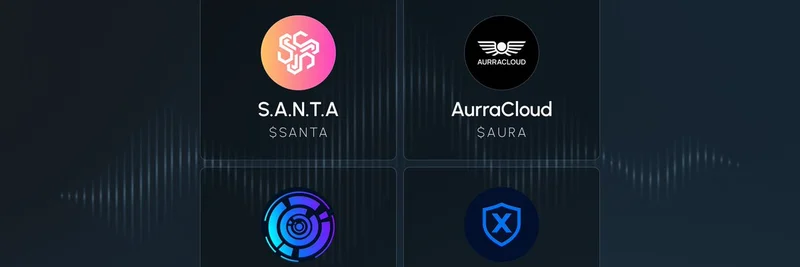Hey there, crypto enthusiasts! If you’ve been keeping an eye on the Solana ecosystem, you might have noticed some buzz around a certain proposal called SIMD-228. Recently, BEN SPARANG◎ (@bennybitcoins) dropped a thought-provoking tweet suggesting that this might be the "best argument" for reviving and implementing SIMD-228. But what’s all the fuss about? Let’s break it down in a way that’s easy to digest, even if you’re new to the blockchain world.
What’s SIMD-228 All About?
First things first—SIMD-228 is a governance proposal for the Solana blockchain aimed at slashing the SOL inflation rate by a whopping 80%. Inflation, in this context, refers to the rate at which new SOL tokens are introduced into circulation, mostly through staking rewards. The idea behind SIMD-228 was to slow down this supply growth, which could potentially boost SOL’s value by reducing what’s known as "sell pressure"—the tendency of stakers to sell their rewards.
Back in March 2025, as reported by crypto.news, the proposal didn’t make the cut. It fell short of the 66.67% vote threshold, with only 61.39% support, largely because smaller validators weren’t on board. But BEN’s tweet hints that the conversation might not be over yet, especially with the latest data stirring the pot.
The Connection to Staking Trends
BEN’s tweet links to a chart shared by Tom Dunleavy (@dunleavy89), which shows some fascinating trends in Ethereum staking. The chart highlights two key metrics:
- Total ETH Staked vs. Supply Staked: Over time, the amount of ETH being staked has climbed to around 35.8 million ETH, with the staking ratio hovering around 29.68%, according to Coinbase.
- Staking APR (Annual Percentage Rate): This has dropped to about 1.97%, down from higher rates seen in the past.
The surprising part? Despite the declining APR, the stake rate hasn’t dropped as expected. This challenges the assumption that people only stake for high yields. As James Christoph (@JamesChristoph_) points out, the relationship between stake rate and yield might be more complex than we thought, with factors like network security or long-term belief in the project playing a role.
Why Bring Back SIMD-228?
So, how does this tie back to Solana and SIMD-228? The Ethereum data might be serving as a case study. If stakers are willing to lock up ETH even with lower rewards, it suggests that reducing SOL inflation could still encourage staking without tanking the network’s security. According to helius.dev, SIMD-228 aims to stabilize inflation and maintain staking yields in the best-case scenarios, though it risks hurting smaller validators if yields drop too low.
BEN’s argument seems to be that this resilience in staking behavior could justify revisiting SIMD-228. By cutting inflation, Solana could attract more stakers, boost SOL’s value, and create a healthier ecosystem—especially if paired with upcoming vote cost reductions promised by Anza researchers.
The Debate and What’s Next
Of course, it’s not all smooth sailing. The original rejection of SIMD-228 showed a divide between large and small validators, with the latter worried about profitability. Plus, as crypto.news notes, transaction costs on Solana have declined, meaning fewer tokens are burned, which could offset some of SIMD-228’s benefits.
Still, the crypto community is buzzing. Could this be the moment Solana reconsiders SIMD-228? With the Ethereum staking trend as a potential blueprint, it’s worth keeping an eye on. Whether you’re a meme token fan or a serious blockchain practitioner, staying updated on these developments can give you an edge. Check out meme-insider.com for more insights into the latest crypto trends and how they might shape the future of projects like Solana.
What do you think—should Solana give SIMD-228 another shot? Drop your thoughts in the comments, and let’s keep the conversation going!



